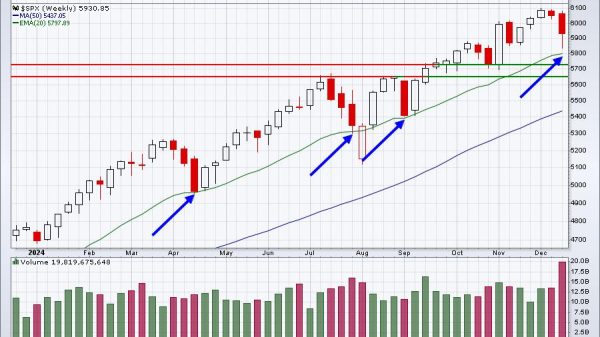
They said smart home hubs were dead, but 2024 has seen a resurgence of these multi-protocol machines that work with every smart home radio out there. Case in point: this week, Homey announced the launch of the Homey Pro Mini.
The Mini is a cheaper and pint-sized version of the $400 Homey Pro smart home hub, offering built-in support for Ethernet, Zigbee, Thread, and Matter. It runs the same Homey OS software as the Pro but ditches a few radios and cuts the processing power to reduce the price. It’s available for pre-order today for $199 in the US and Canada, with Europe following later in 2025 and shipping slated for April 2025.
A smart home hub is the brains of your smart home, and third-party options from companies like Homey, Home Assistant, Hubitat, and others let you set up and manage your connected devices locally in your home without relying on proprietary platforms, such as Apple Home, Google Home, or Amazon Alexa. Athom, the company behind Homey, was recently bought by LG. The Korean electronics giant plans to use Homey software to run its ThinQ smart home platform on its own recently announced smart home hub. However, LG has said Homey will continue to operate independently.
/cdn.vox-cdn.com/uploads/chorus_asset/file/25796020/Homey_Pro_mini___Back_with_cables.png)
Image: Homey
The Pro Mini runs on Homey OS, a smart home platform for controlling your connected devices, such as smart lights, locks, robot vacuums, and thermostats. Similar to Apple Home or Amazon Alexa, you use an app on your phone to set up automations and routines (called Flows in Homey) that connect your gadgets. Homey claims over 1,000 integrations with devices and services, including Ikea, Sonos, Lutron, Roomba, Nest, Philips Hue, Aqara, and Yale. However, just under 300 are “official” integrations; the rest are community-generated.
Adding a Homey hub like the Pro Mini to Homey lets you run smart home automations locally, without relying on cloud connections, as well as bring devices that use specific radios, including Thread and Zigbee, into the platform. Unlike the Pro, the Mini doesn’t include Z-Wave, BLE, or IR support, but you can link it to a Homey Bridge ($69) to add those.
The Pro Mini is also less powerful than the Pro, and Homey recommends it for running up to 20 integrations, which Homey calls Homey Apps. The company says the typical user runs 14 integrations, so 20 should be sufficient for most people. If you have a more complicated smart home setup, though, Homey recommends upgrading to the Pro.
I’ve tested Homey using the Homey Pro and found it intuitive for beginner smart home users while offering plenty of features for power users. However, some integrations are limited, and many community-created smart apps may not do exactly what you want.
Athom, which was founded in the Netherlands in 2014, recently released new Homey OS Dashboards, designed to make it easier to control your smart home devices, plus a new Home Energy Management System to help keep track of energy use. With these additions — plus the power of LG behind it — Homey is shaping up to be a significant player in the smart home.




















